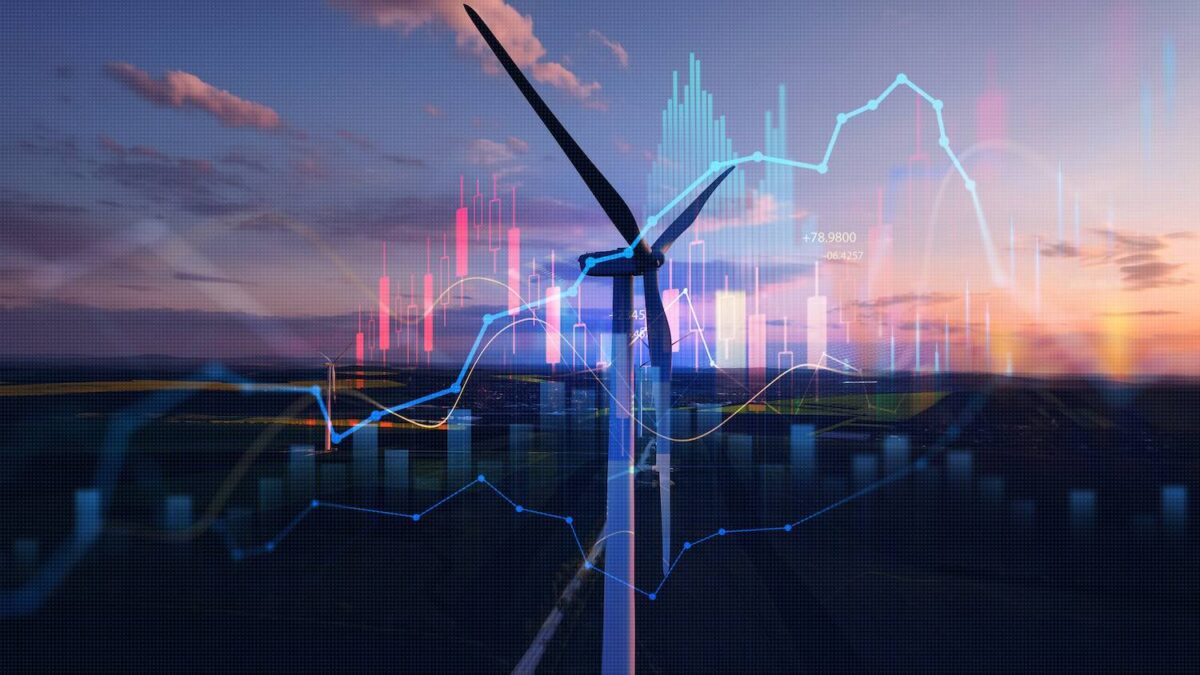I grew up listening to a lot of Rolling Stones and one of my favourite tracks is “You can’t always get what you want”. But as a child of the 1980’s, the works of Phil Colins and Bruce Hornsby also formed the musical wallpaper – particularly the tracks “[That’s just] The way it is”.
These lyrics are applicable across many fronts, from parenting small kids all the way through to NEM policy reform. Policy change is a give and take process, with parties proposing change and negotiating with others to find the best way forward.
These sentiments are front of mind following the AEMC’s response to the CEC’s proposal to improve certainty for new generation investors. The AEMC has made a solid start to address these issues, and even though we haven’t got everything we asked for, we’re confident that remaining issues can be resolved.
A bit of context. The CEC has been working with AEMO, network businesses and the AEMC on the Connection Reform Initiative for the last three years.
The CRI is a joint work program and a new way of doing things, based on iterative working and collaboration, to solve one of the key impediments to the transition – getting generators and storage connected to the grid.
Thursday last week saw a major milestone reached in the CRI. The Australian Energy Market Commission published a draft rule in response to the CEC’s Enhancing Investment Certainty in the R1 process rule change request.
The CEC lodged this rule change request because new generators are struggling to connect. AEMO forecasts we need almost 6,000MW of new generation connecting every year out to 2030 – we are currently falling well short of this. If we don’t fix the connection process, we’re in dire straits.
Connecting renewables is central to avoiding sustained high prices and reliability shortfalls.
The CEC proposed a rule change to remove a major uncertainty that exists in the connection process.
Generators undertake extensive modelling as they design their plant – the ‘S’ and ‘D’ modelling in the diagram below. This modelling should largely conclude at the same time as the Connection Application process is finalised – the first blue bar – with banks and equity lenders formally committing to the project at this time.

The first blue bar is known known as Final Investment Decision (FID – another TLA to remember). It’s the point at which the rubber hits the road, where detailed design and construction gets underway. At this point, any delays begin to really hurt a project, as the money is now on the table.
Issues were arising because many generators were being asked to undertake extensive additional modelling during registration, in the R1 stage of the connection process, which occurs after a project has executed its Connection Agreement and hit FID.
In some cases, this additional modelling created significant delays for generators trying to get to market – every day of delay creates costs for investors. This in turn increases risk premiums, making future projects even more expensive. It also delays the delivery of new megawatts to market, which means higher wholesale energy prices.
Of course, sometimes additional modelling is needed, to ensure that connecting generators are stable and power system security is maintained.
Generator developers understand this and must work with networks and AEMO to resolve issues. However, many CEC members were concerned that sometimes modelling was requested when there was no clear problem to be managed.
Our rule change sought to remove this uncertainty in the R1 stage of the connection process by:
- Imposing new limitations on networks and AEMO, reversing the onus of proof to make sure generators were only delayed when there was a clear and pressing need for more modelling;
- Providing greater clarity around what was a material and non-material change in modelling, making it easier for networks to find the lowest cost solution to fix problems where multiple generators were connecting in the same location;
- Removing some of the limitations that prevented sensible relaxations of technical capabilities during the R1 process;
- Introducing clear time frames for networks, in terms of when they must assess and respond to generators during the R1 process.
The AEMC’s draft decision includes some of our proposals and represents a good first pass at resolving the key issues.
Networks will be required to provide evidence when they ask for more modelling, and there are some new timeframes on approvals of R1 models. The AEMC has also largely adopted our recommendations regarding relaxations of technical capabilities.
However, some issues remain. There is still limited restraint on what networks can ask generators to do during R1. This creates uncertainties for generators and the investors who stand behind them. This flows through to higher investment costs, and ultimately, higher costs for consumers.
NEM policy reform is a long march, and there will be multiple opportunities to keep working on these issues. There is another round of consultation on the AEMC’s rule change, and we plan on working with the rule maker to ensure the clean energy industries concerns are heard.
Beyond that specific rule change, the Connection Reform Initiative continues. Over the next six months, a number of reports will be released through this joint program, including development of a more effective change management framework for generator technical settings.
This work has great promise to address some of the remaining structural issues with the connection process.
Of course, the next line in that Stones song runs: “But if you try sometimes, well, you might find you get what you need”.
Again, very applicable – the whole Connection Reform Initiative has been an iterative process of trying to do better, to find new ways of working that give generators, AEMO and networks what they need to deliver the transition.
Compromise and collaboration is the only way to solve these problems. Getting it right will be key to enabling the decarbonisation of Australian electricity markets and power systems.








